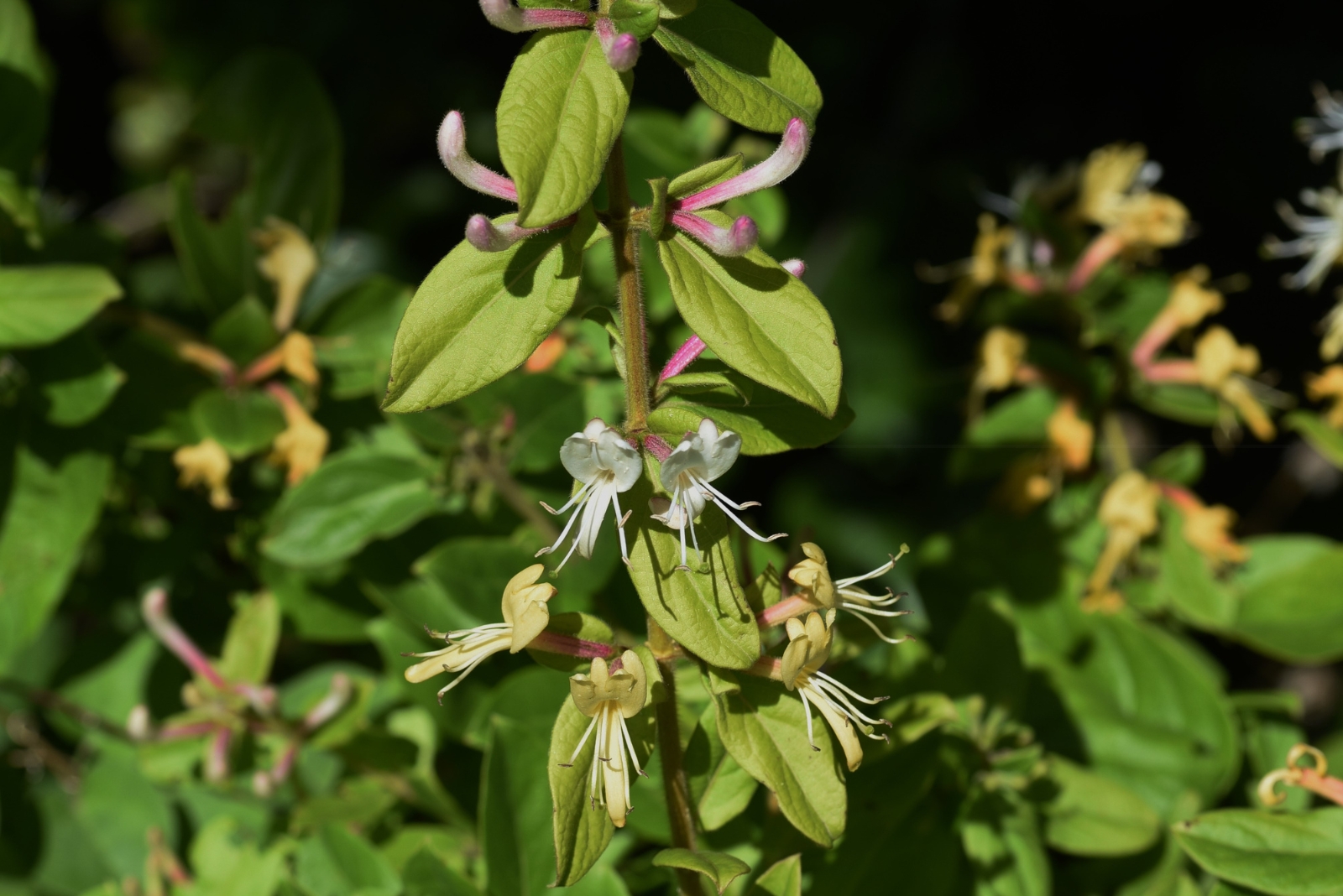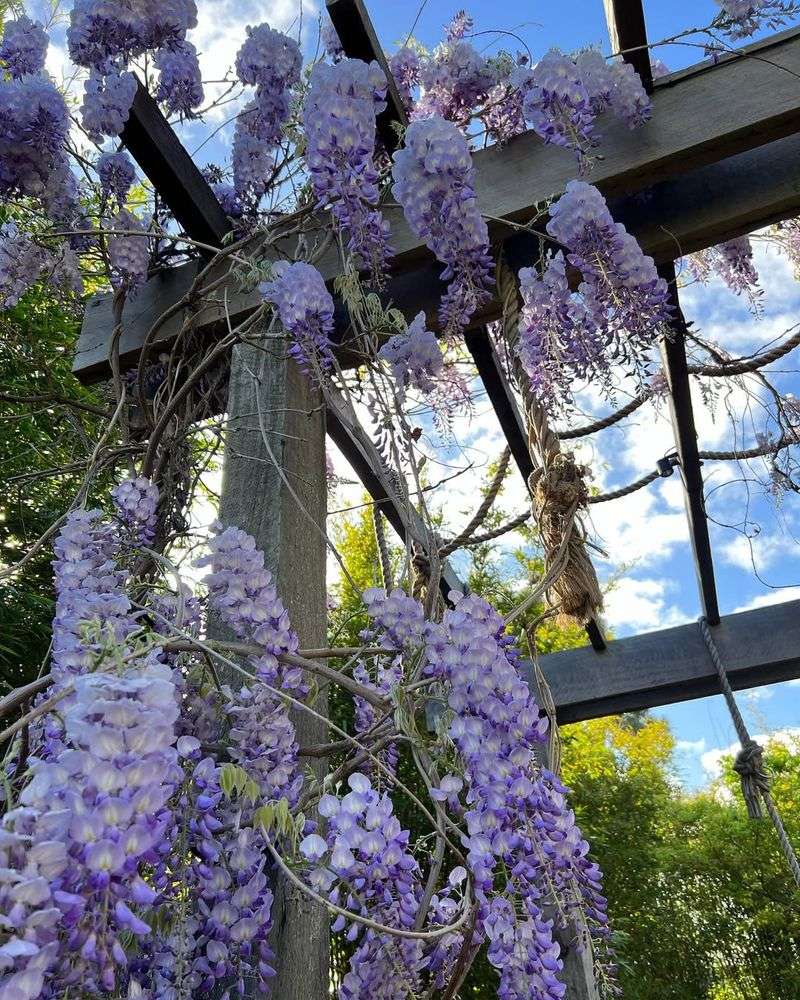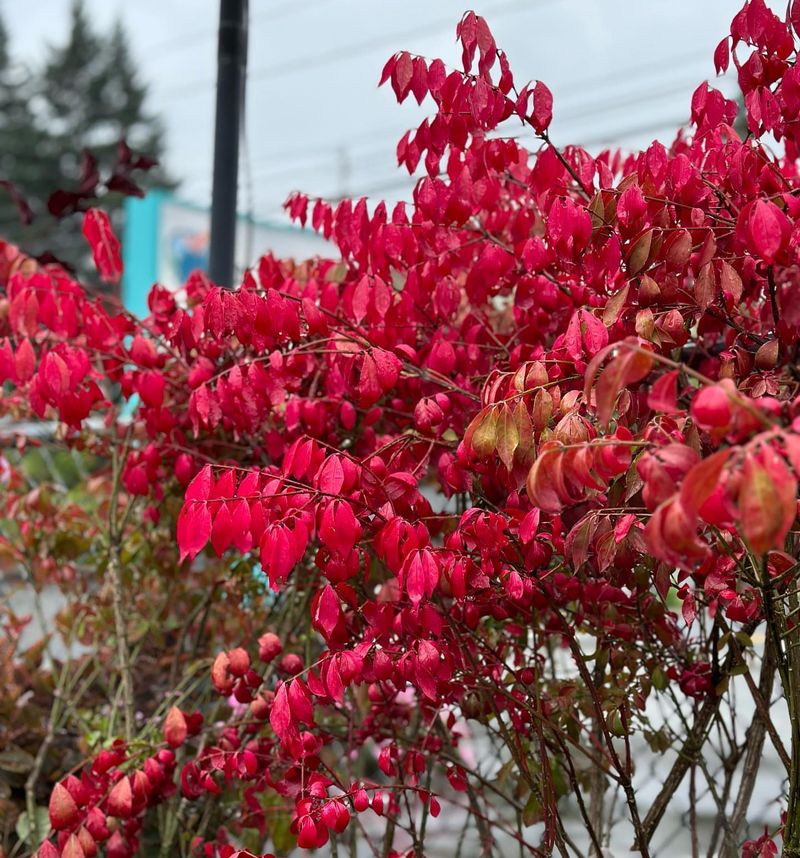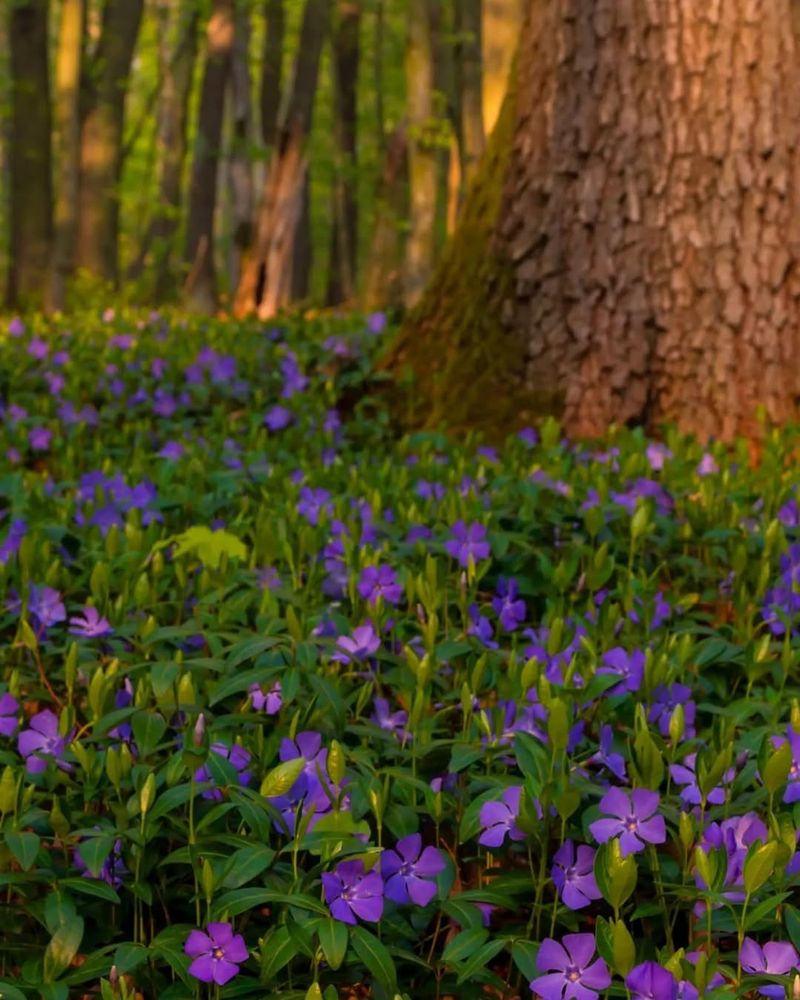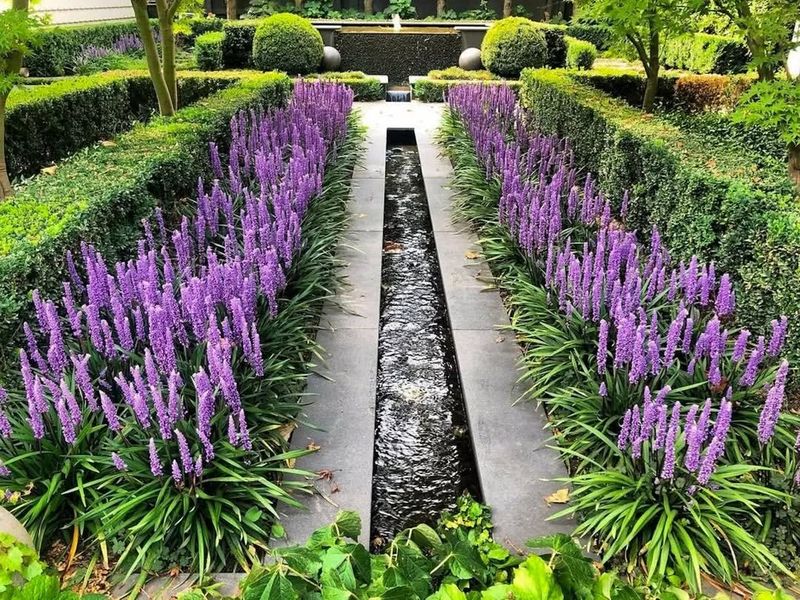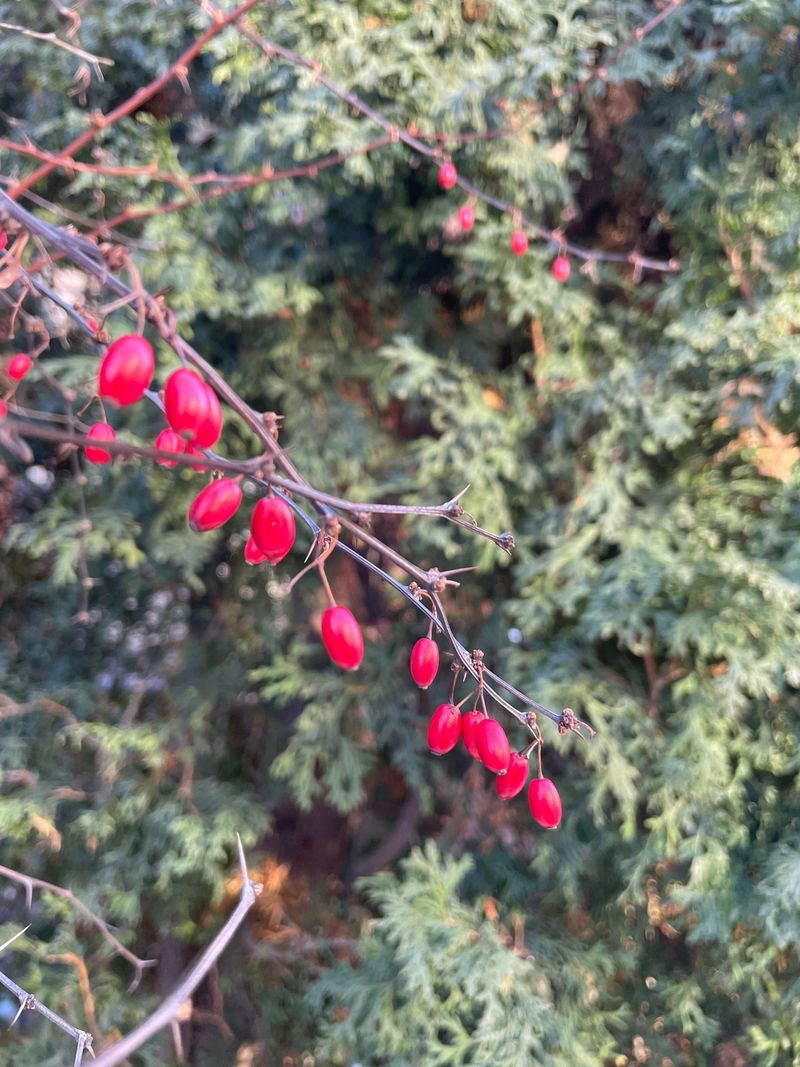Some plants can become problems when they spread beyond our yards. Invasive plants crowd out native species, harm wildlife habitats, and cost millions in control efforts.
State officials constantly monitor plants that might need regulation, and several common garden favorites could soon face restrictions to protect Alabama’s natural ecosystems.
1. English Ivy
Climbing walls and trees with ease, English ivy might look charming at first glance. Many Alabama homeowners plant it for quick ground cover or decorative appeal.
Unfortunately, this aggressive vine smothers native plants and damages tree bark as it climbs. It spreads rapidly through seeds and roots, making removal extremely difficult once established.
Wildlife suffers when ivy takes over forests, reducing food sources and nesting areas. Several southern states already restrict its sale and planting.
2. Japanese Honeysuckle
Sweet-smelling flowers attract hummingbirds and gardeners alike to this vigorous vine. Children often pluck the blooms to taste the tiny drop of nectar inside.
Behind that pleasant fragrance lies a botanical bully that strangles native plants and trees. It forms dense mats that block sunlight from reaching the forest floor below.
Alabama forests already struggle with honeysuckle infestations across thousands of acres. Native coral honeysuckle offers similar beauty without the aggressive behavior.
3. Chinese Wisteria
Cascading purple blooms create stunning displays that Alabama gardeners photograph and share constantly. Southern gardens have featured wisteria for generations, making it feel traditional.
Powerful vines can crush fences, damage buildings, and kill mature trees through constriction. Seeds spread easily, and the plant resprouts aggressively after cutting.
American wisteria provides similar beauty with better manners and lighter growth. Check plant labels carefully since both species look alike at garden centers.
4. Bamboo
Privacy screens pop up fast when Alabama homeowners plant bamboo along property lines. The exotic appearance and rustling sounds create an appealing tropical atmosphere.
Running bamboo species send underground stems called rhizomes far beyond intended boundaries. Neighbors often discover bamboo invading their yards, driveways, and even home foundations.
Removal costs thousands of dollars and requires years of persistent effort. Clumping bamboo varieties stay contained better but still need careful monitoring and maintenance.
5. Butterfly Bush
Pollinators swarm around the fragrant flower spikes all summer long. Garden magazines frequently recommend butterfly bush for wildlife-friendly landscapes.
Seeds scatter widely, and seedlings appear in natural areas where they outcompete Alabama native plants. Butterflies visit the flowers but cannot use the plant to raise caterpillars.
Native alternatives like Joe Pye weed and ironweed support complete butterfly lifecycles instead. Several states already classify butterfly bush as invasive and discourage planting.
6. Burning Bush
Brilliant red fall color makes burning bush a landscaping superstar each autumn. Alabama homeowners plant rows of them for seasonal impact along foundations and property borders.
Birds spread the seeds into forests where the shrubs form dense thickets. Native wildflowers disappear when burning bush blocks sunlight and moisture.
Several northeastern states already ban its sale due to invasive behavior. Native alternatives like Virginia sweetspire provide excellent fall color while supporting local ecosystems better.
7. Periwinkle
Cheerful blue flowers and glossy evergreen leaves make periwinkle a popular ground cover choice. It tolerates shade where grass struggles to grow.
Spreading stems root wherever they touch soil, forming dense mats that smother everything underneath. Forest floors lose their native wildflowers when periwinkle escapes from yards.
Native alternatives like wild ginger and green-and-gold provide attractive ground cover without aggressive spreading. Many Alabama conservation areas spend significant resources removing established periwinkle patches.
8. Callery Pear
White spring blooms create spectacular displays along streets and in parking lots. Bradford pear became one of America’s most planted ornamental trees during recent decades.
Weak branch structure causes trees to split apart during storms and ice. Seeds produce thorny offspring that invade pastures, roadsides, and natural areas aggressively.
Many states, including Alabama, now prohibit sales of Callery pear varieties completely. Native alternatives like serviceberry offer beautiful flowers, fall color, and edible berries for wildlife.
9. Liriope
Tough grass-like foliage edges countless flower beds across the South. Landscapers appreciate how liriope tolerates heat, drought, and various soil conditions.
Seeds spread into natural areas where dense clumps displace native ground covers. The plants form monocultures that offer little value to native insects and wildlife.
Native sedges provide similar texture with better ecological benefits for local species. Some liriope varieties spread more aggressively than others through underground runners.
10. Japanese Barberry
Colorful foliage ranges from red to purple throughout the growing season. Thorny branches deter deer browsing, making barberry popular in Alabama areas with heavy deer pressure.
Dense thickets create perfect habitat for ticks, increasing Lyme disease risks significantly. Seeds spread into forests where the shrubs alter soil chemistry and harm native plants.
Several states already restrict barberry sales due to invasive impacts. Native alternatives like dwarf fothergilla offer similar size and excellent fall color without problems.

